I revere St Paul’s Cathedral but despair over its unholy TikTok visitors
I have loved the architecture of St Paul’s since I was a boy. But I’m not sure I can forgive the trespasses of the social media crowds and canoodling couples who come to play rather than pray in this and Britain’s other great ecclesiastical buildings, writes Jonathan Glancey
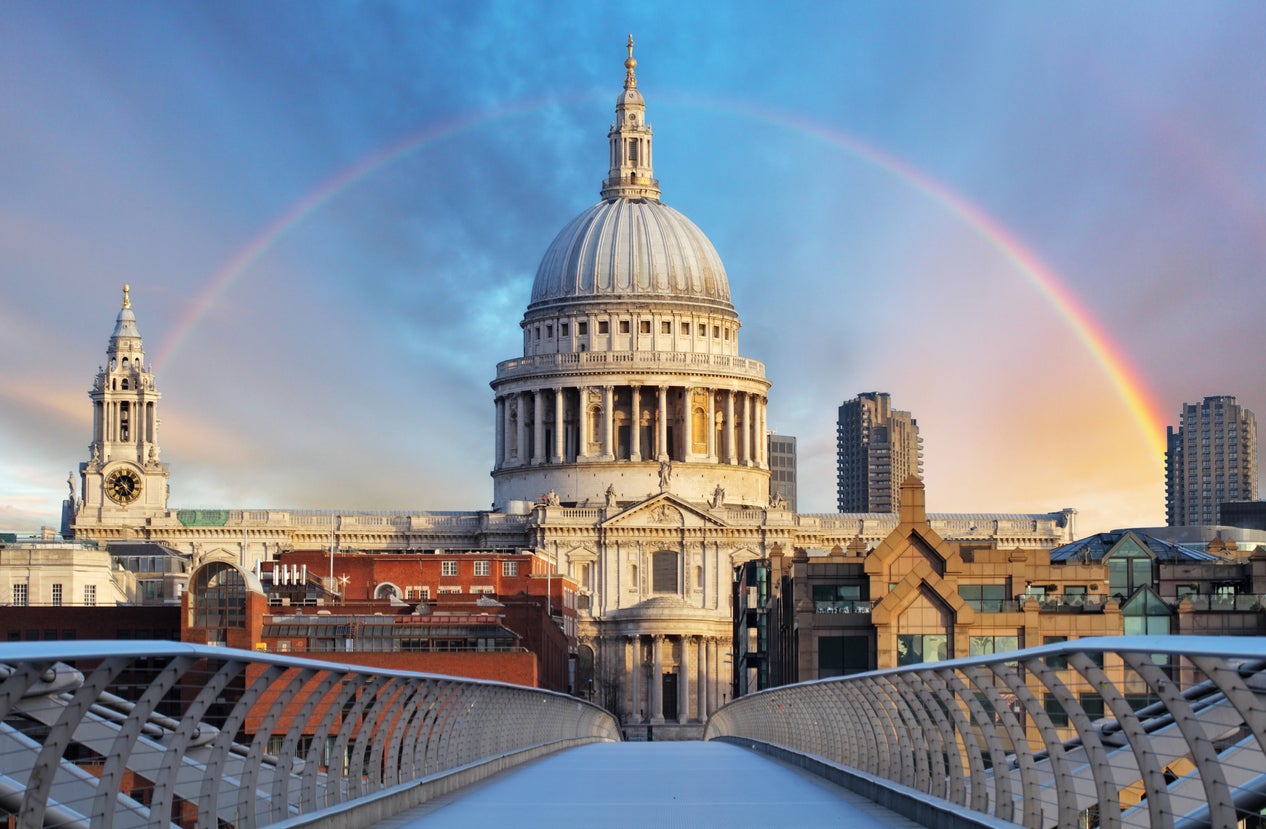
I would be old – I told myself when very young – before I could no longer race to the top of St Paul’s. But Christopher Wren’s cathedral was never simply a giant climbing frame or urban peak to be conquered. As I climbed to the top of the lonely ladder – with its reward of wind-bitten, eagle views over London from right under the golden ball and cross at the very tip of the lantern crowning the outer dome – I was absorbing the genius of the building’s design and structure. Its spirit, music and poetry, too. I remain quietly excited and deeply fond of the architecture of St Paul’s. I will, though, have to find another way of reckoning advancing age.
While I could happily dash to the top of the cathedral today – although that compelling solo ladder to the very top has long been out of bounds – I no longer want to. While I might yet change my mind, my last visit to St Paul’s shortly before Christmas, and the first in several years, came as something of a shock. A purgatorial shock. It was not so much the £24 entrance fee and the otherwise perfectly civil man on the desk’s pointless persistence that I should take a headphone audio guide with me, nor the flak-like flashing of batteries of mobile phones outsmarting candlelight, nor even the un-hushed chatter resounding through the nave, but the singular, unholy scene enacted under the inner dome itself that caused me to turn and walk back out into the chill of Ludgate Hill.
To whom and to what effect I do not know, a clergywoman – small and subfusc in that cavernous space – had been reciting the Lord’s Prayer. Did she see the bling couple posing and canoodling for a wannabe young film director – big physical moves, baseball cap on backwards – taking centre stage together and blotting her from sound and view? Did she forgive them their trespasses? I do not know. She said she would be available to talk to anyone under the dome after prayers. I would have liked to have asked her, but I was out of there.
Out, that is, of all that glorious building has to offer, has had to offer over my lifetime and to so many thousands – millions – of others. Not just its serene and commanding dome, but also its pitch-perfect west towers, the apparently miraculous cantilevered Dean’s Stairs winding up to the cathedral library. The triforium and the Great Model of the Greek Cross cathedral Wren had first hoped to build on this ancient site.
The secrets of the building’s dauntingly complex structure were revealed one evening on an eye-opening tour up and across vaults, roofs and mysterious stairs secreted behind low, locked doors led by Martin Stancliffe, the enthusiastic and knowledgeable former surveyor of the fabric, a post first held by Wren – Surveyor General of the King’s Buildings. The exquisite craftsmanship in wood and iron of Grinling Gibbons and Jean Tijou. The monuments to a history we are becoming increasingly careless of or even hostile to, to Nelson, to the Iron Duke and John Moore who died at Corunna – “Not a drum was heard, not a funeral note/ As his corse to the rampart we hurried” – to Florence Nightingale and John Donne, poet and former Dean of Old St Paul’s, the former Gothic cathedral ravaged before, behind, between, above and below by the Great Fire of London.
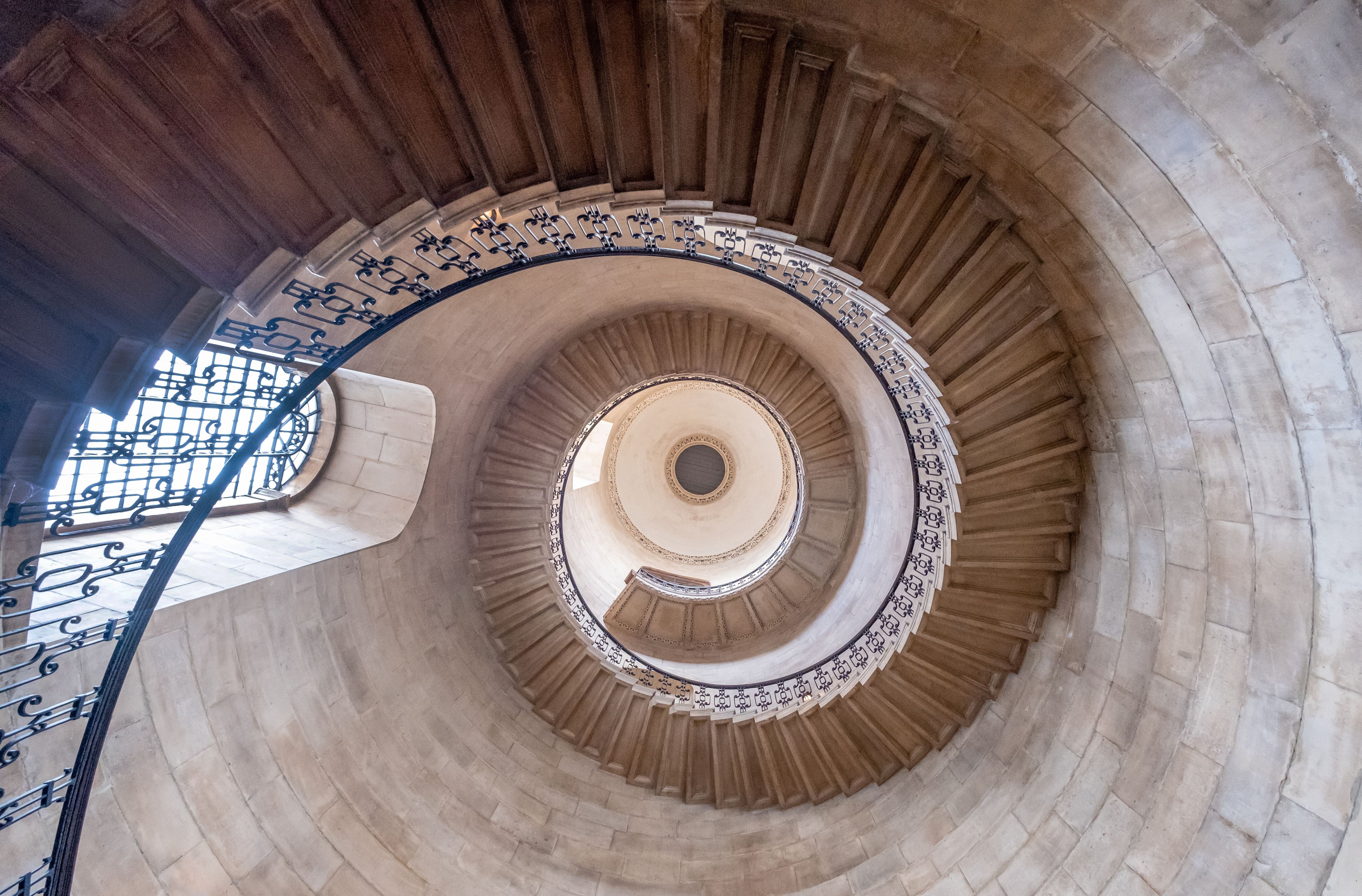
And how this very English Baroque cathedral has defied attempts to damage or destroy it, together with those coming here whether to pray, admire the architecture or take pouting Instagram snaps or make “LOL” TikTok videos. I don’t know who was first, but on 7 May 1913 suffragettes placed a nitro-glycerine bomb complete with clock and battery attachment under the bishop’s throne in the chancel. Vote winner, or not, it failed to explode. In 2020, Safiyya Amira Shaikh (formerly Michelle Ramsden from Hayes, Middlesex), company director turned Isil bomb plotter, was arrested while scheming to blow up St Paul’s and in her words to kill as many people as possible. “I would like to bomb and shoot til death ... I really would love to destroy that place and the kaffir [non-Muslims] there”. This, she said, was her path to heaven.
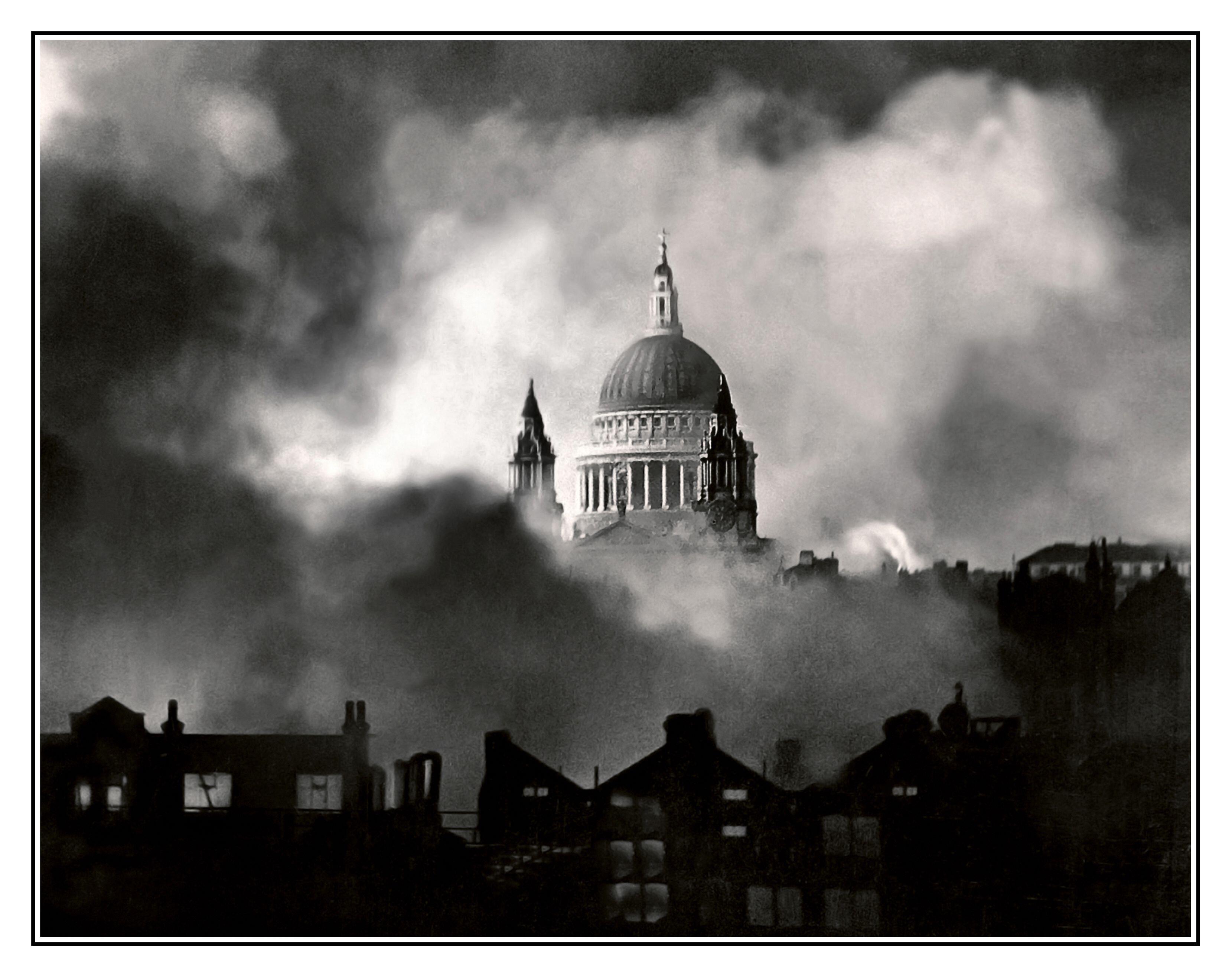
In between suffragettes and Shaikh, the Luftwaffe had a go. The cathedral was hit on 29-30 December 1940 during an intense bombing raid that stoked the “Second Great Fire of London”. Buildings and entire streets close to the cathedral vanished in hellish fires, not least Paternoster Row where my maternal grandfather had his print works. Hundreds of lives were lost. The Daily Mail’s photographer, Herbert Mason, was on the rooftop of Northcliffe House off Fleet Street. His famous shot of the dome of St Paul’s rising as if unscathed through the smoke, along with Yousuf Karsh’s Roaring Lion portrait of Winston Churchill shot the following year, became a symbol of British defiance and determination. The wartime prime minister happened to have been born in Blenheim Palace, a Baroque tour de force designed by John Vanbrugh with Nicholas Hawksmoor, Wren’s principal assistant, whose hands and eyes can be seen within and without the fabric of St Paul’s.
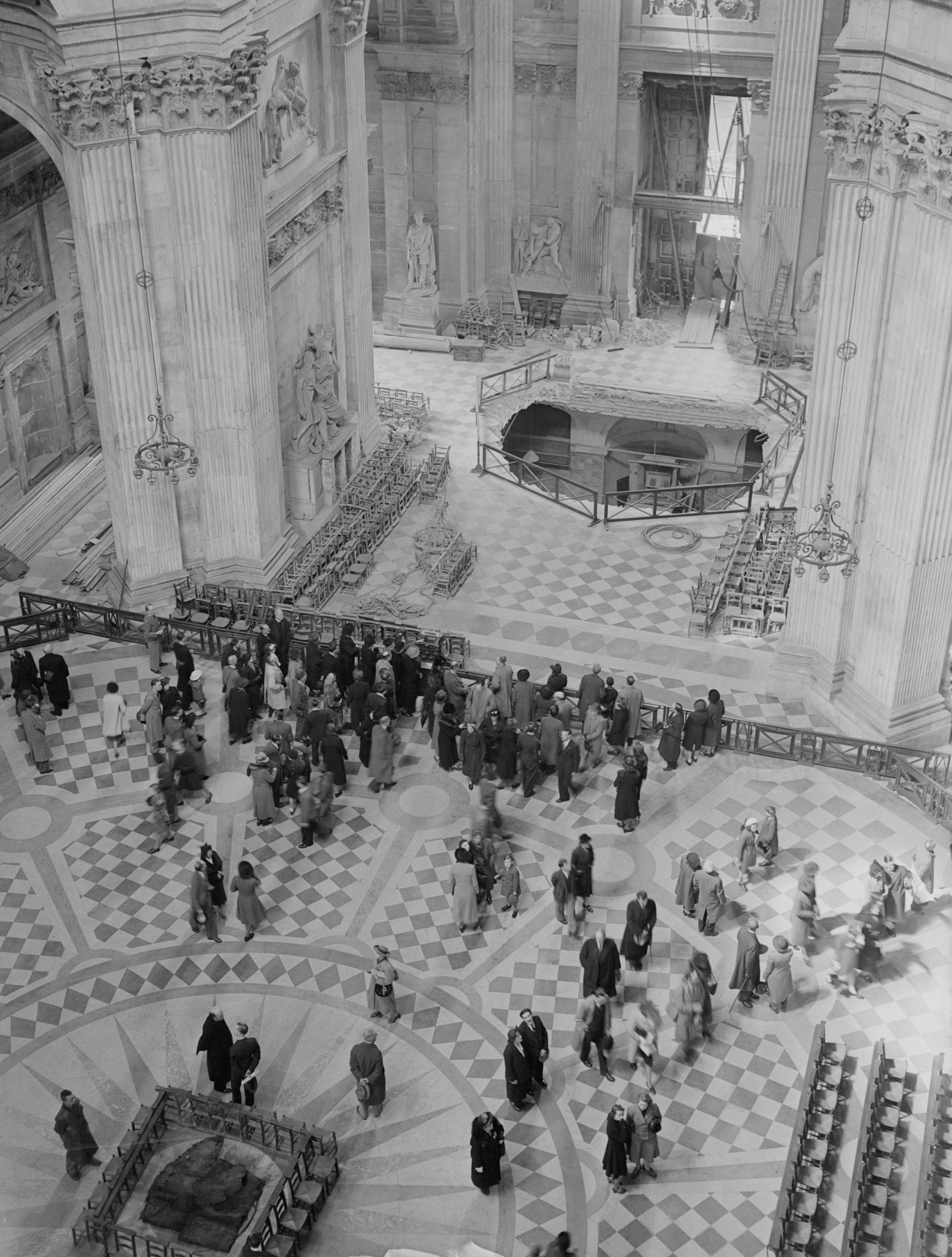
St Paul’s is haunted by other spirits, quiet and unquiet, whose presence lingers beneath its dome, not least those tormented souls who have flung themselves from the Whispering Gallery, falling to their deaths 100ft below. They deserve to be remembered with love. I was particularly touched by the death a little over six years ago of Lidia Dragescu, a talented and beautiful if lonely Romanian-born London university student, pianist, figure skater and imaginative writer aiming to train as a brain surgeon. She loved St Paul’s. From notes Lidia left, her bereft mother discovered she “wanted to see how it was on the on the other side” and “picked the cathedral because she wanted to fly into God’s arms”. I had a horrid thought while writing this of Lidia flying not into God’s embrace but into the gurning Instagram couple smooching ostentatiously below on my recent visit.
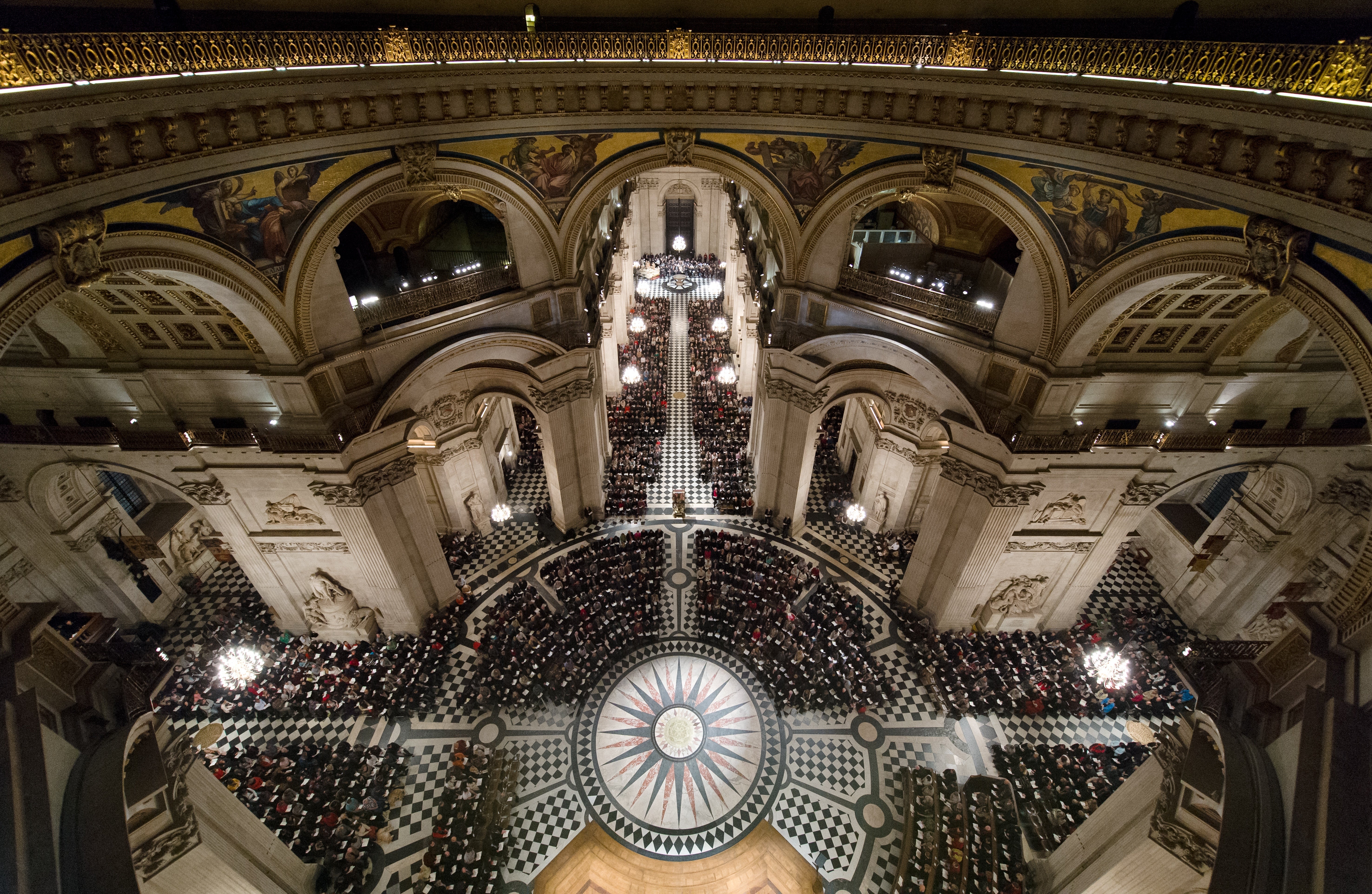
St Paul’s, I want to say here, is a treasure house of both kindly light and encircling gloom, dark and shining, of dreams, hopes, artistry, history and beauty, and yet, notwithstanding, it behaves today all too like a secular tourist attraction, a Heathrow terminal or Sunday afternoon shopping mall. The people, the noise. Lacking numinosity despite its formal beauty, you can imagine a former corporate CEO or head of a “Haitch R” department being appointed Bishop of London here.
Cathedrals need money, of course, not least to survey and conserve their fabric, yet it seems clear that they are raising funds, unimaginatively, by trading all too rare sacredness for all too easily accessible popular entertainment.
Infamously, in 2019, Norwich Cathedral hosted a full-scale helter-skelter, a “part of the cathedral’s mission to share the story of the Bible”, opined a clerical spokesman. Jesus wept. Perhaps God, telling his son not to be so sanctimonious and teary eyed, truly moves mysteriously, his wonders to perform, planting his footsteps in the sea... and riding a fairground attraction. Donkeys, of course, have played their biblical part. Why not buckets and spades, coconut shies and ice cream parlours? What about having your photo taken, your smirking loaf crowned with a glitter effect halo stuck through a Holy Family peep board? Say “Jeez”!
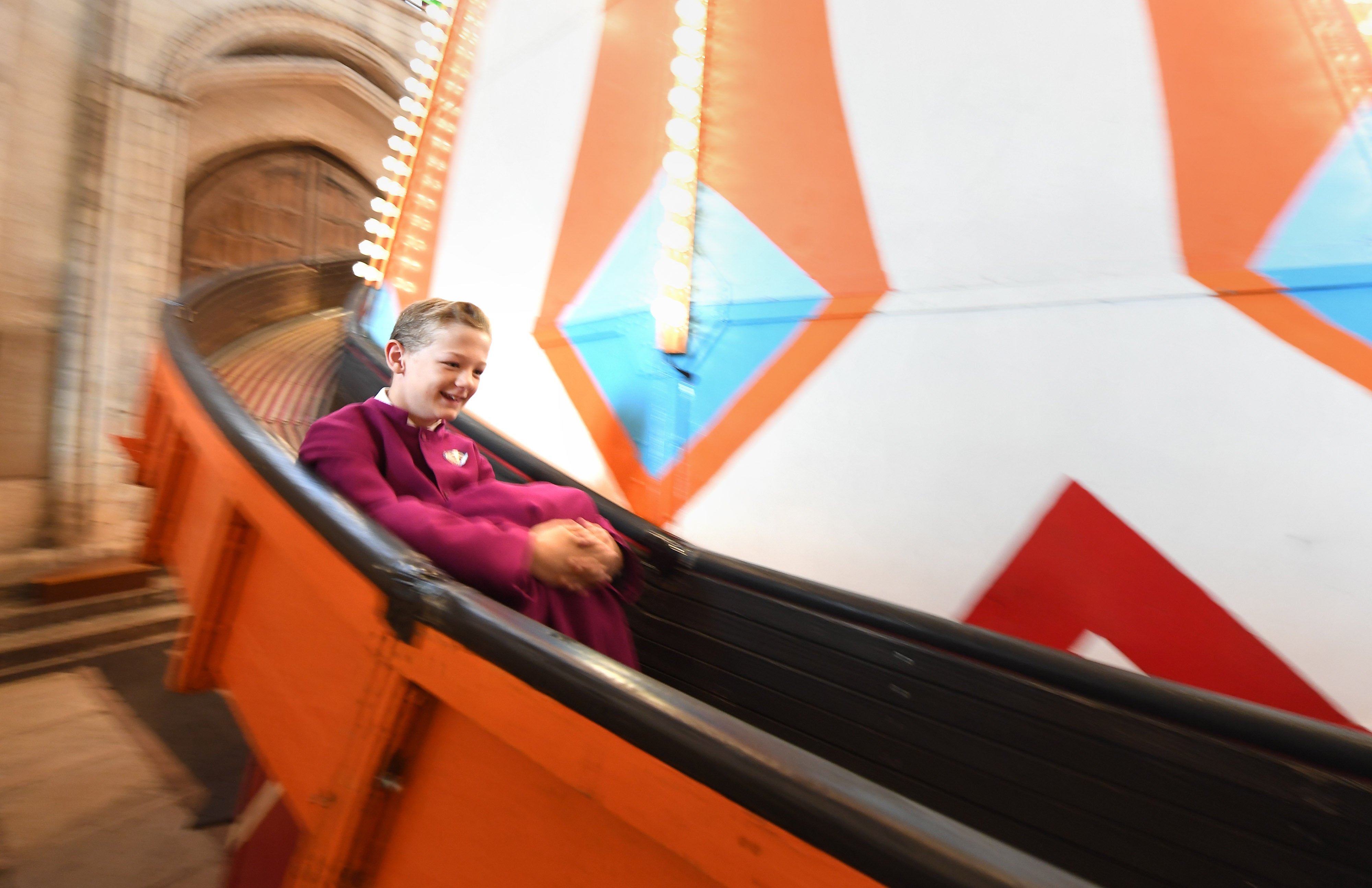
That same year, Rochester Cathedral sported a golf course. According to Reverend Rachel Phillips, canon for Mission and Growth, “For over 1,400 years, Rochester Cathedral has been a centre of learning for the community. By temporarily installing an educational adventure golf course we aim to continue that mission, giving people the opportunity to learn while they take part in a fun activity, in what for many might be a previously un-visited building.” This, said the cathedral clergy, was “learning through play”. Had they considered “learning through pray”?
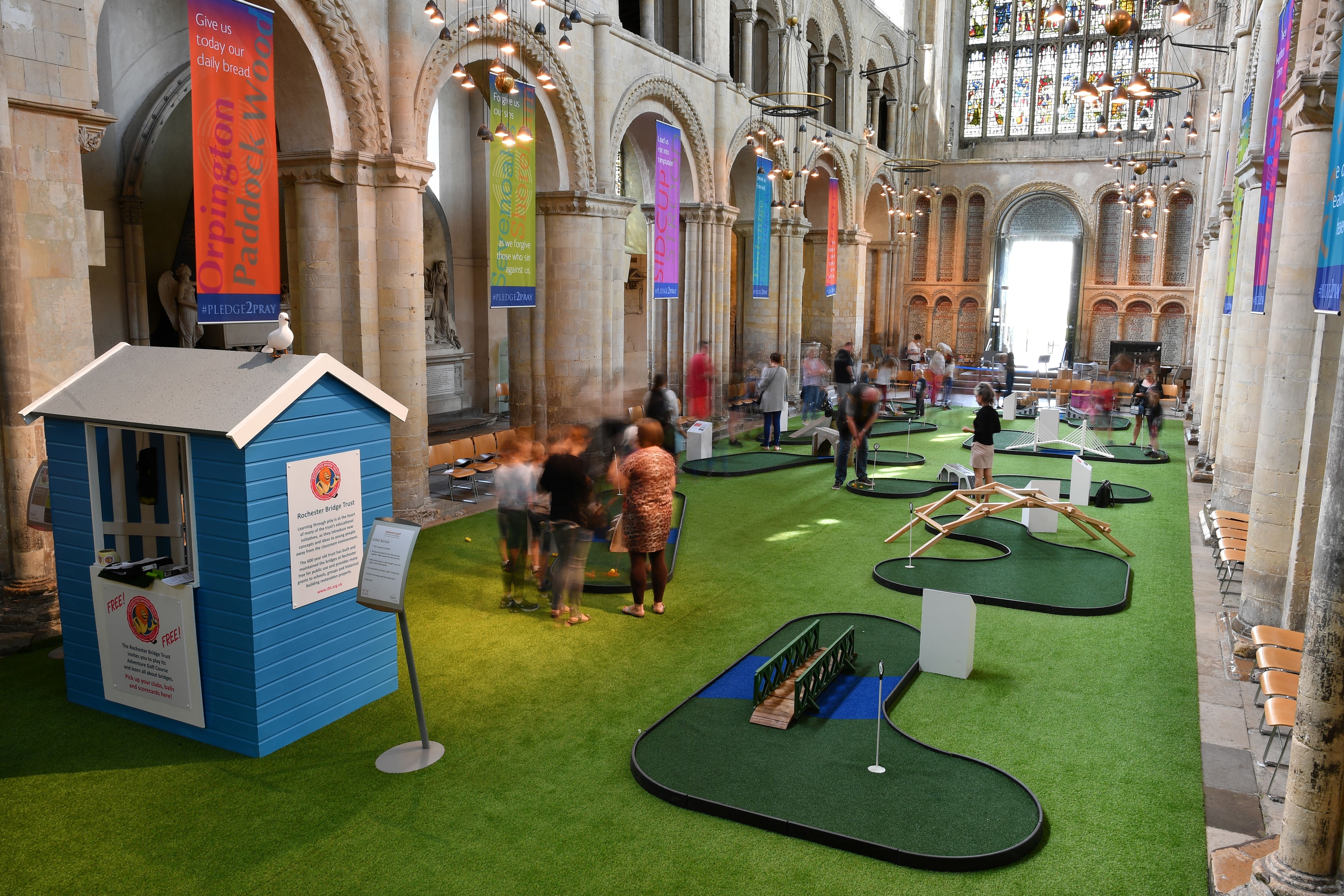
Step, free of charge, into Westminster Cathedral or Norwich’s RC Cathedral of St John the Baptist, as I did in December, or into a quiet country church, very possibly threatened with closure, or one of Wren’s least spoiled City of London churches, and you still find the Christian church at prayer, whether through services, music or simply – and profoundly – through their atmosphere, architecture, their very fabric. Crowds queuing to visit St Paul’s, of whatever religious persuasion or digital platform or none, could yet learn to hush themselves. They should not need to be entertained. And if they and the clergy with its love of headphones and helter-skelters have to offer something special, let visitors climb – up and away from naves, aisles, chapels and choirs – vertiginous towers and almighty domes. Race you to the top?
Join our commenting forum
Join thought-provoking conversations, follow other Independent readers and see their replies
Comments
Bookmark popover
Removed from bookmarks